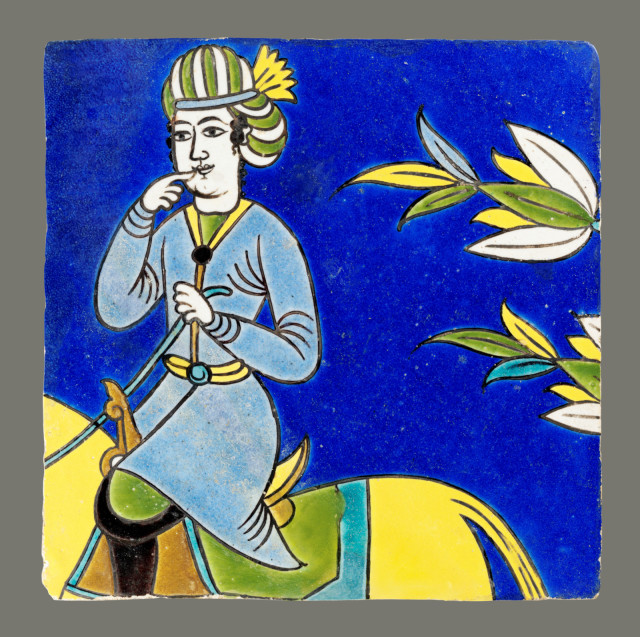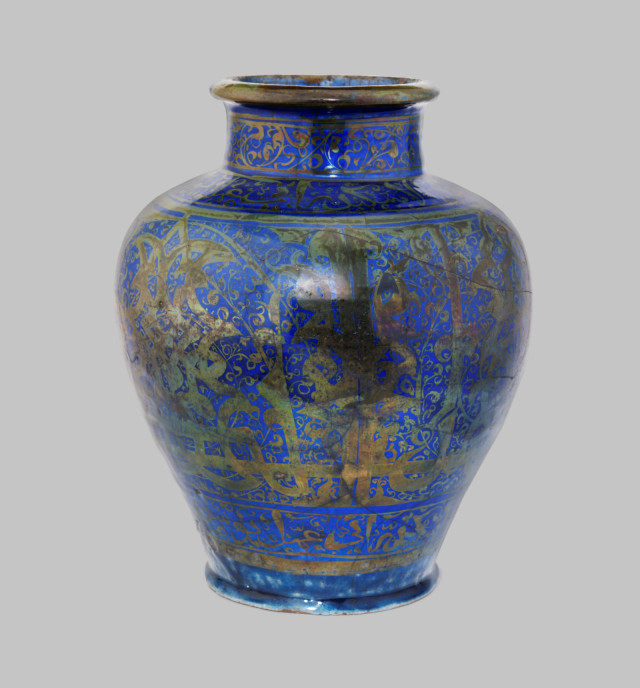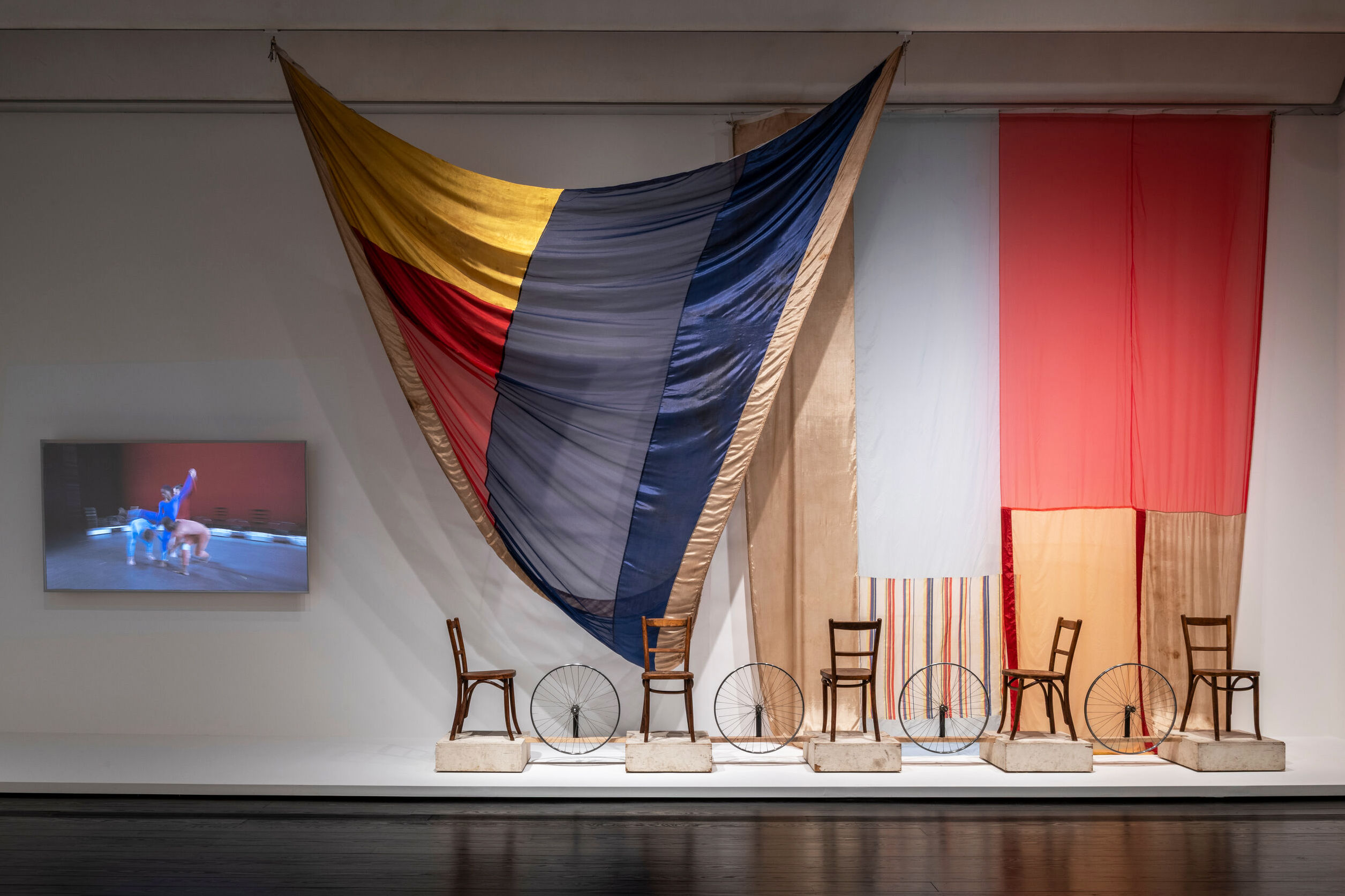MFAH's New Curator of Islamic Art Vows to Expand Small Collection

Arts of the Islamic Lands: Selections from the al-Sabah Collection, Kuwait
Thru Jan 4
Museum of Fine Arts, Houston
1001 Bissonnet St.
713-639-7300
mfah.org
On the morning of September 11, 2001, art historian Aimée Froom was only a few days into her new gig as the Brooklyn Museum’s Hagop Kevorkian Associate Curator of Islamic Art, her first job out of graduate school. The events of 9/11 changed the field of Islamic art history, Froom recently told me, forcing her and her colleagues to take on a more public role in pushing back against misperceptions of Islamic culture. Two weeks ago, the Museum of Fine Arts, Houston announced Froom’s appointment as its new curator of Islamic art. Froom was most recently an independent scholar in France, where she taught at Trinity College’s program in Paris and the American University of Paris. In Houston, she will have a joint appointment as an adjunct art history professor at Rice University, where she’ll be teaching a class in the spring. Froom earned her BA from Brown University and her PhD from NYU’s Institute of Fine Arts.
For a museum that aspires to be encyclopedic, the MFAH is something of a latecomer to the field of Islamic art—it only founded its Arts of the Islamic World program in 2007, it has only had one curator (Francesca Leoni, 2008–2011) and its permanent collection consists of only a few dozen objects. To remedy this deficiency, in 2012 the MFAH announced a collaboration with Kuwait’s al-Sabah Collection, considered one of the world’s most important private collections of Islamic art. Since January 2013, around 60 pieces from the collection have been on display in a small gallery on the ground floor of the MFAH’s Law Building; this winter, an expanded group of almost 200 works will go on exhibition in a larger gallery. When we spoke with her, Froom had just returned from a trip to Kuwait to see objects that will be in the exhibition.

Tile. Iranian world, 17th century. Glazed fritware tile. 9 1/2 by 9 1/2 in (24/2 x 24/2 cm).
Houstonia: Congratulations on the appointment, and welcome to Houston.
Froom: It seemed like a tremendous opportunity, and I’m thrilled to be here. Rarely do curators get a chance to grow their collections. And I’ve also got the tremendous outstanding loans from the Al-Sabah collection. We have this landmark agreement with the Al-Sabah collection, and we’re preparing for the big exhibition in January. We’re going to expand our exhibition of the Al-Sabah loans from 60 to over 160 objects, so I think it’ll be an exciting time for Houston and Islamic art. As far as I understand there’s a great, diverse Muslim community here that I’m looking forward to meeting. It seems like a very vibrant community.
Did the MFAH previously have a curator of Islamic art?
They did, several years ago. I think they have a renewed commitment now to arts of the Islamic world, and I’m thrilled to be building on their great start with the permanent collection that they’ve got. I look forward to building the collection and deepening the programming. It’s an exciting time.
What direction do you see for the permanent collection?
What I’d like to do with my museum colleagues and the community is build a very special collection of extraordinary objects of rare quality. I think it’s too early to try to build an encyclopedic collection—I think we can distinguish ourselves by having a more focused collection. And then we’ve got the Al-Sabah loans as well, which really gives us a more encyclopedic presentation.
Talk about the al-Sabah Collection.
It’s one of the most comprehensive and extraordinary collections of Islamic art that’s held privately. It is owned both by Sheikha Hussah and her husband Sheikh Nasser—they’re the founders of the collection. They are very generous with loans to exhibitions throughout the world, and they also generate their own exhibitions. There are about 30,000 objects, and they really cover the global span of Islamic art from the eighth and ninth centuries to the 19th century, from Spain to India, from Central Asia to sub-Saharan Africa. Sheikh Nasser has an extraordinary eye, and under the direction of Sheikha Hussah they have very important cultural programing, which falls under the DAI, the Dar al-Athar al-Islamiyyah. So they have a very important cultural mission, and we want to support that in Houston as well.

Jar. Greater Syria, Damascus, 13th century. Luster-painted fritware. 14 7/16 in x 9 7/16 in x 9 7/16 in
How did you first become interested in Islamic art?
I was actually pre-med at Brown, but one year I happened to visit the old galleries of the Victoria and Albert Museum in London, and I was very impressed by the Islamic art galleries that I saw there, and particularly the Ottoman Turkish art. So I went back to my university and asked if there was a course on this. I ended up with a very supportive adviser who said, ‘Why don’t you go to the Rhode Island School of Design Museum and see what they’ve got.’ So I was able to go through their collection. I reidentified some of their Ottoman Turkish ceramics, I was able to put together a little exhibition, and there was my interest.
You had just started at the Brooklyn Museum when 9/11 happened. What was that like?
I suddenly had a much more public role than I expected. One of the first things I did was talk to everyone on the staff to show the diversity and the beauty of art from the Islamic world, and give another viewpoint.
How did 9/11 change your field?
Well, I think we had a duty to show another viewpoint. Islamic art is really extraordinary, and it’s not a monoculture. We speak of Islamic art but it’s a bit of a misnomer—we’re talking about different regional cultures and works. They’re unified visually by the art of the word, calligraphy, beautiful writing, and surface patterns. But there’s great diversity and great cultural traditions. One of the things I love about Islamic art is that you can have a very humble ceramic object that’s for daily use, but the way it’s crafted, the way it’s decorated—sometimes with just a single line of calligraphy—it transcends its functional nature and becomes an object of stunning beauty.




